The quantum computing startup QunaSys' winning IP strategy
A deep dive into how QunaSys changed their contract documents and what their new patent application looks like.
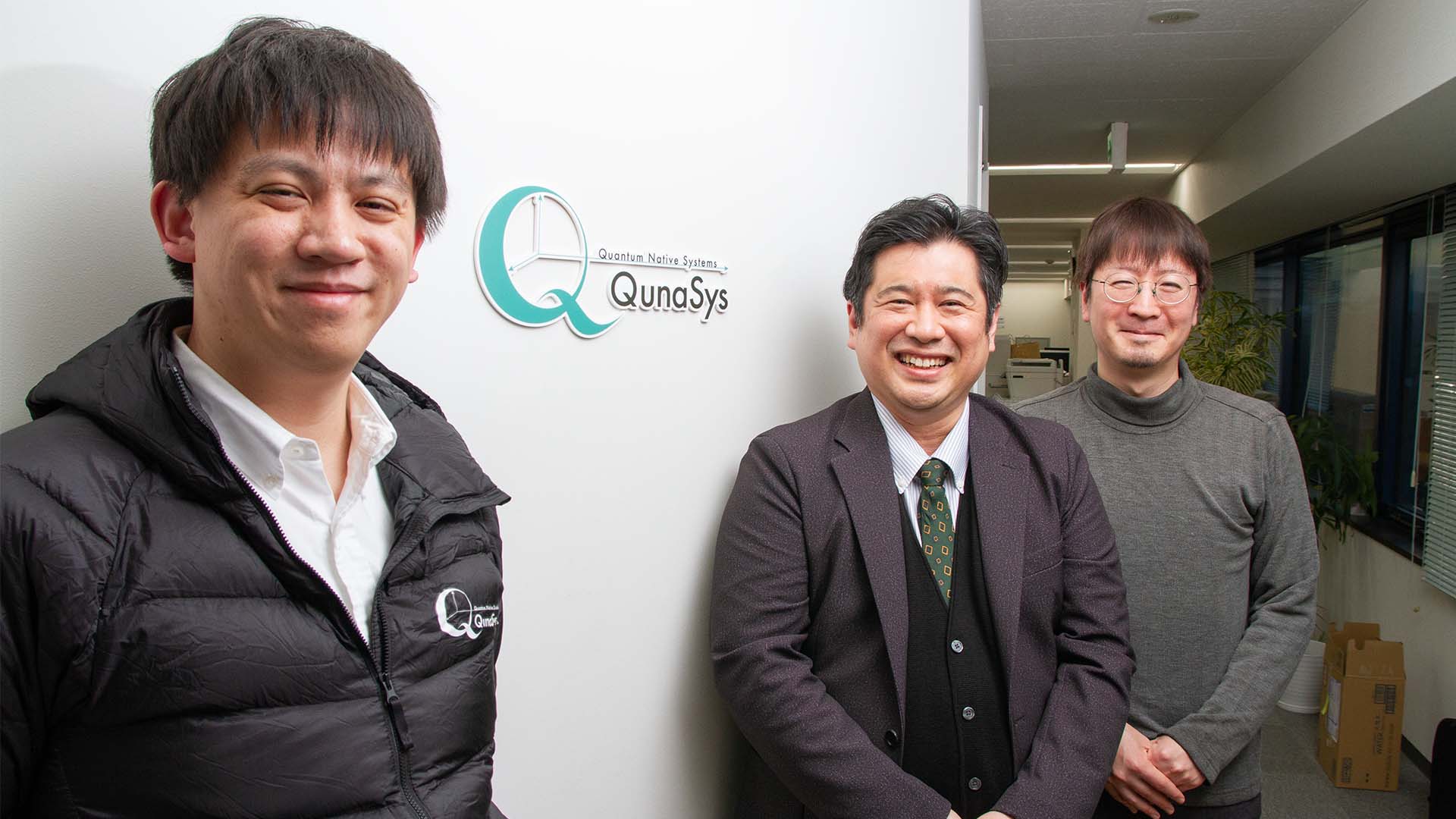
Written by the Universe Editorial Team
QunaSys is a startup developing algorithms and software for quantum computers. The company has many business alliances with large corporations. In order to protect its proprietary technology and strengthen its competitive position, they have embarked on a journey to enforce their intellectual property (IP) rights.
Takayoshi Hirai, IP team member of Global Brain (GB), and Makoto Uchida, iCraft Law Office Lawyer and GB’s Advisor, supported this initiative. With help from these two, how did QunaSys build up its IP capability? We sat down with CEO Tennin Yan to understand the full story.
“One single mistake” blows up a company in the world of IP
──What were the IP-related challenges QunaSys faced before Uchida-san and GB came to support you?
Yan:We had already obtained patents related to quantum computing algorithms and consulted several patent attorneys about IP rights. However, not many were knowledgeable about quantum computing IPs, and they sometimes gave us different answers. I wasn’t sure whether I was doing the right thing, and saying to myself, “It really doesn’t add up, but I guess I’ll do what they say…”
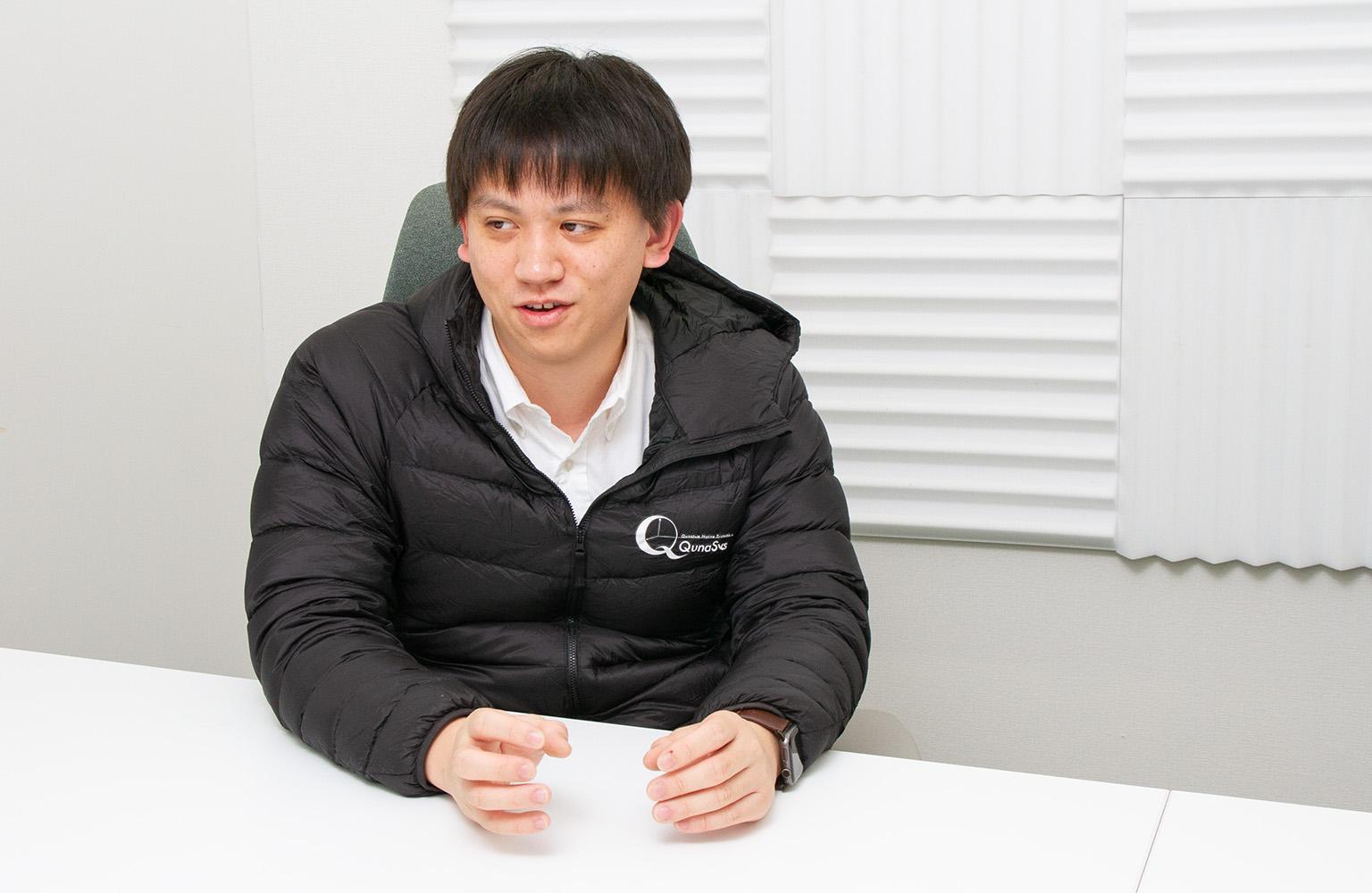
──What did you do from then onwards?
Yan: GB introduced us to Uchida-san, and we drafted contracts together based on our discussions about what we wanted to do and protect.
We own the quantum algorithms, but it’s actually the large corporations that use the algorithms as our customers. That said, we told Uchida-san that we wanted to specialize in algorithm development and also encourage the large corporations to utilize what we can offer.
Uchida: As is the case with QunaSys, many deep tech startups run joint research and development projects with large corporations. But the last thing you want to do is to sign a contract that could become a bottleneck for your future business.
Back then, the contracts QunaSys had in place were letting its joint research counterparts get their hands on a large portion of the rights involved, preventing QunaSys from scaling its business in the future. We therefore drafted new contracts clarifying the rights that QunaSys must absolutely keep.
Yan: It was encouraging to have a reliable contracting process in place that let us feel safe and secure and focus on what we truly wanted to do. GB supported us not only with the contracts but also with building the contracting process that requires less time to negotiate with large corporations.
──Now that you’ve had the chance to review your contracts, what do you feel you need to be mindful of?
Yan: When signing a contract, you must keep in mind what happens “afterwards.” You need to think about “what you are building with your own technology, and how you want other companies to continue using what you have built.” It’s essential to have a long-term view.
Uchida: The scary thing about contracts is that one single mistake can blow away the entire profit of a company. That is what we’re dealing with, so you truly have to stick to it and protect your own rights.
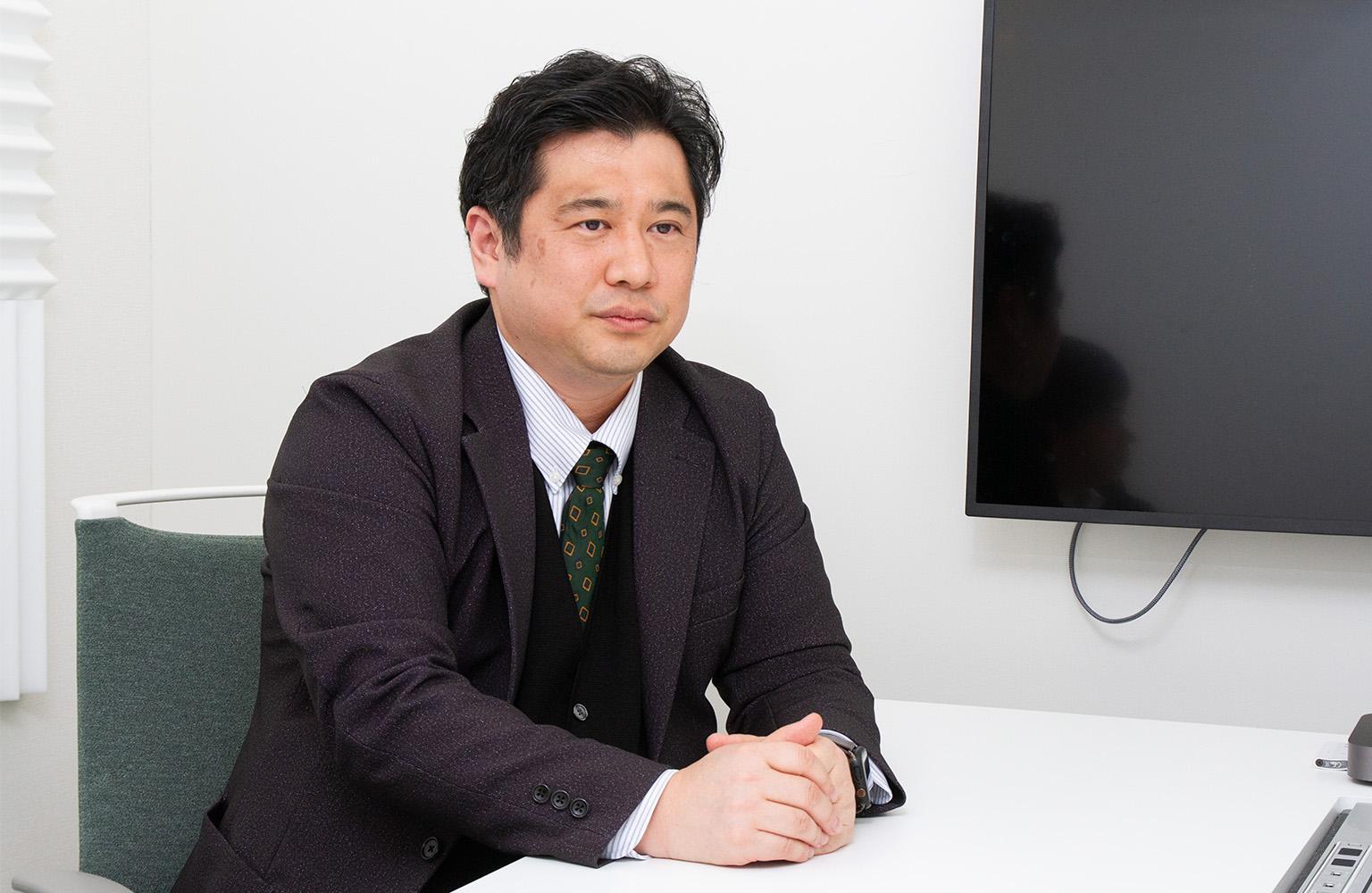
The two types of patents guarding QunaSys
──Can you share how you started working with Hirai?
Yan: Well, we had already submitted patents for each of our algorithms and reviewed our contracts with Uchida-san, but then we realized that this might not be enough to protect our own rights.
Uchida:Patenting an algorithm is a must, but it actually doesn’t give you exclusivity. Even if other companies copy your algorithm, you won’t be able to identify that from the outside. Therefore, to protect QunaSys’ proprietary technology, we came to the conclusion that we needed a business method patent and this is where Hirai-san comes in.
Hirai: Thank you for the great pass (laughs). I’ve been working with QunaSys since 2022 to help patent their business method, and have had the privilege of supporting the application and patenting of their algorithms and the structuring of their patent application process.
──What do you mean by patenting the business method?
Hirai: Simply put, it refers to a type of software patent related to the information processing that needs to be done to run a business method. A business method in this context is roughly equal to user experience.
One good example is Amazon’s patent for 1-Click buying. On Amazon, users can purchase products with a single click, which is made possible with the information processing running in the background, which calls user payment credentials and delivery information. Amazon has patented this entire information processing which offers users the 1-Click experience. Since a business method patent targets the part that users can actually see with their own eyes, it is very easy to identify copies, thereby giving patent holders the ease of exercising their rights.
Yan: We considered whether we could do the same kind of patenting with QunaSys. Our company’s cloud service for quantum chemical calculation runs on a process where the information input by users is sent to the QunaSys server, then calculated using quantum computers.
We filed a patent for this user experience part of the service flow that comes up on the surface. If someone copied it we would know immediately, which allows us to protect the system running in the background. This is about quantum computers so I am oversimplifying things, but there you are.
Hirai: On the other hand, we’re not saying it’s meaningless to patent the algorithm. An algorithm patent would be helpful to advertise the technology and might even turn into a license used all over the world. For example, Google patented the algorithm of their large language model (LLM) “Transformer,” which has become a necessity for people doing LLMs. Because QunaSys is a company that has the potential to become the Google of quantum technology, I think it’s important to patent both their algorithm and their business method.
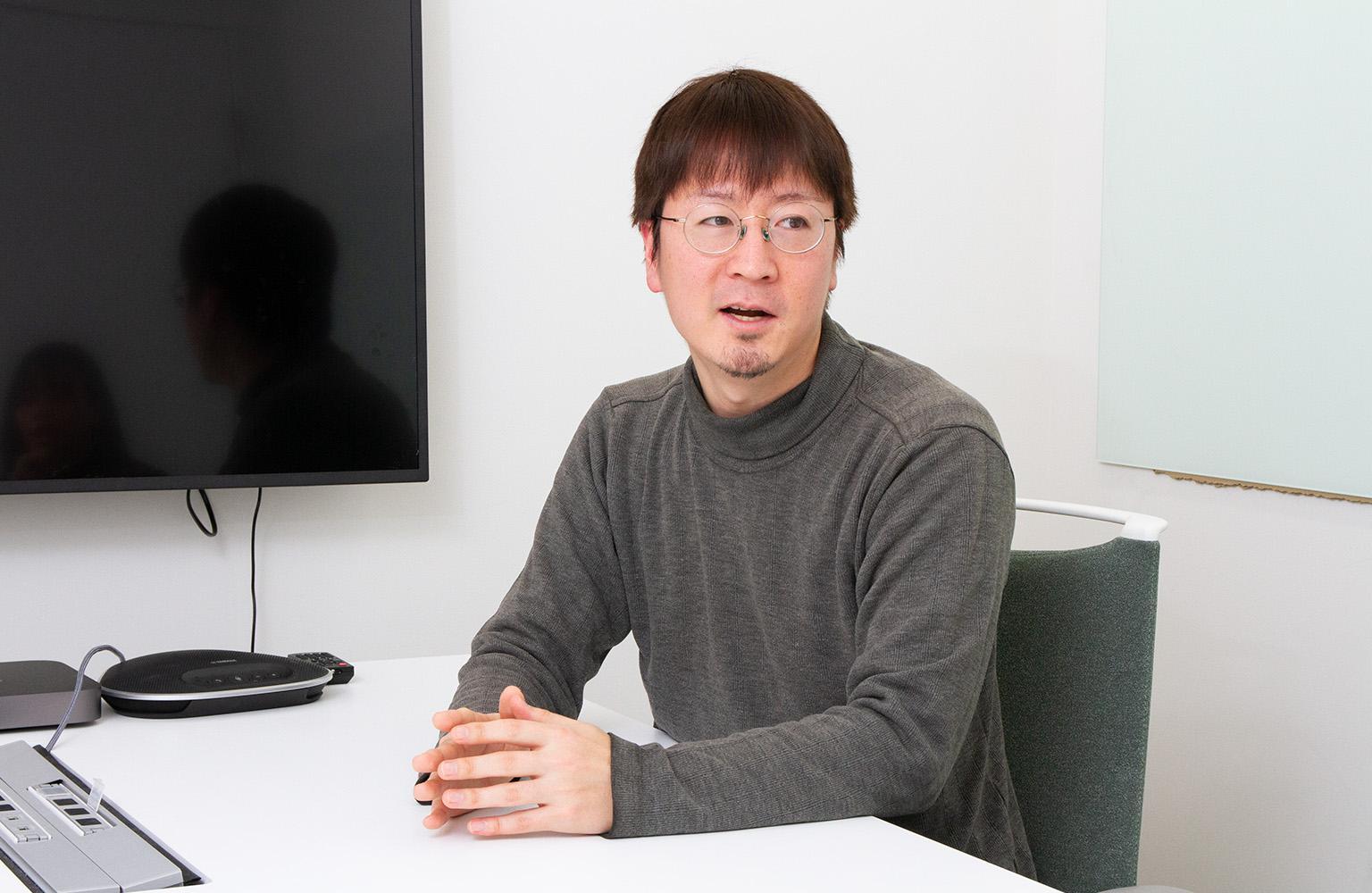
Uchida: This question goes to Yan-san. Have you actually been able to use the patent you obtained?
Yan: One of our competitors, an overseas startup, reached out to us about licensing and we were able to know what they were trying to do. Also, one big advantage about having a patent is that we can win the trust of large corporations. A patent proves that QunaSys truly owns the technology, which makes them reassured to join hands with us.
Nurturing on-site IP capabilities
──What do you two keep in mind when supporting QunaSys in its IP activities?
Uchida: The ultimate goal is to have QunaSys do everything on its own without our support. If I help out with everything, it’s no good for the company. Therefore, I draft and compile the optimal rules and contracts for QunaSys’ business method and walk them through what they need to do with those documents. For example, I’d explain, “this provision is written with this purpose, so you can accept this kind of change but never that kind of change,” and so on. QunaSys does the actual contractual negotiation that takes place afterward, but if they come to me for help, I revise the documentations as needed.
Hirai: It’s the same for GB. We meet regularly with QunaSys’s tech leader and legal affairs teams to discuss IP rights. In those meetings, I share the big picture of patent application, covering what the application flow should look like and which countries they might want to file a patent in. Plus, our Slack is always connected and I sometimes hold study sessions.
Uchida: I join GB’s regular cadence with QunaSys and I feel it’s going very well. When QunaSys’ members come to consult me about patent applications, they share with me their views of the future, saying “we want to use this technology in this way going forward…” –without me asking for it in the first place.
Yan: I’m happy to hear that the team is learning. Initially, it was me and COO Matsuoka learning about IP from GB, but I was hoping that the other non-management members would also understand IP.
──It seems QunaSys’ team members are working with Hirai-san and Uchida-san, too. What do they mean to the QunaSys team?
Yan: Startups normally don’t have a lot of IP work going on right after the company is formed, so it isn’t realistic to hire qualified professionals. That said, we cannot ignore IP and we need someone who knows the ropes. Uchida-san and Hirai-san both help us in just the right way, kind of like someone in-between an outsourced partner and a full-time employee. I’m grateful for how they help us nurture the team members.
Hirai: I don’t feel like I’m doing the training, but I feel more like QunaSys and I are complementing each other with each other’s knowledge. When we file for patents I look into QunaSys’ competitors’ patents, and they turn out to be extremely difficult. I have to go and ask for the tech experts’ help, so in that way I learn from the QunaSys team. Vice versa, I’m hoping the tech experts will also learn about IP, which should consequently strengthen QunaSys’ IP capabilities.
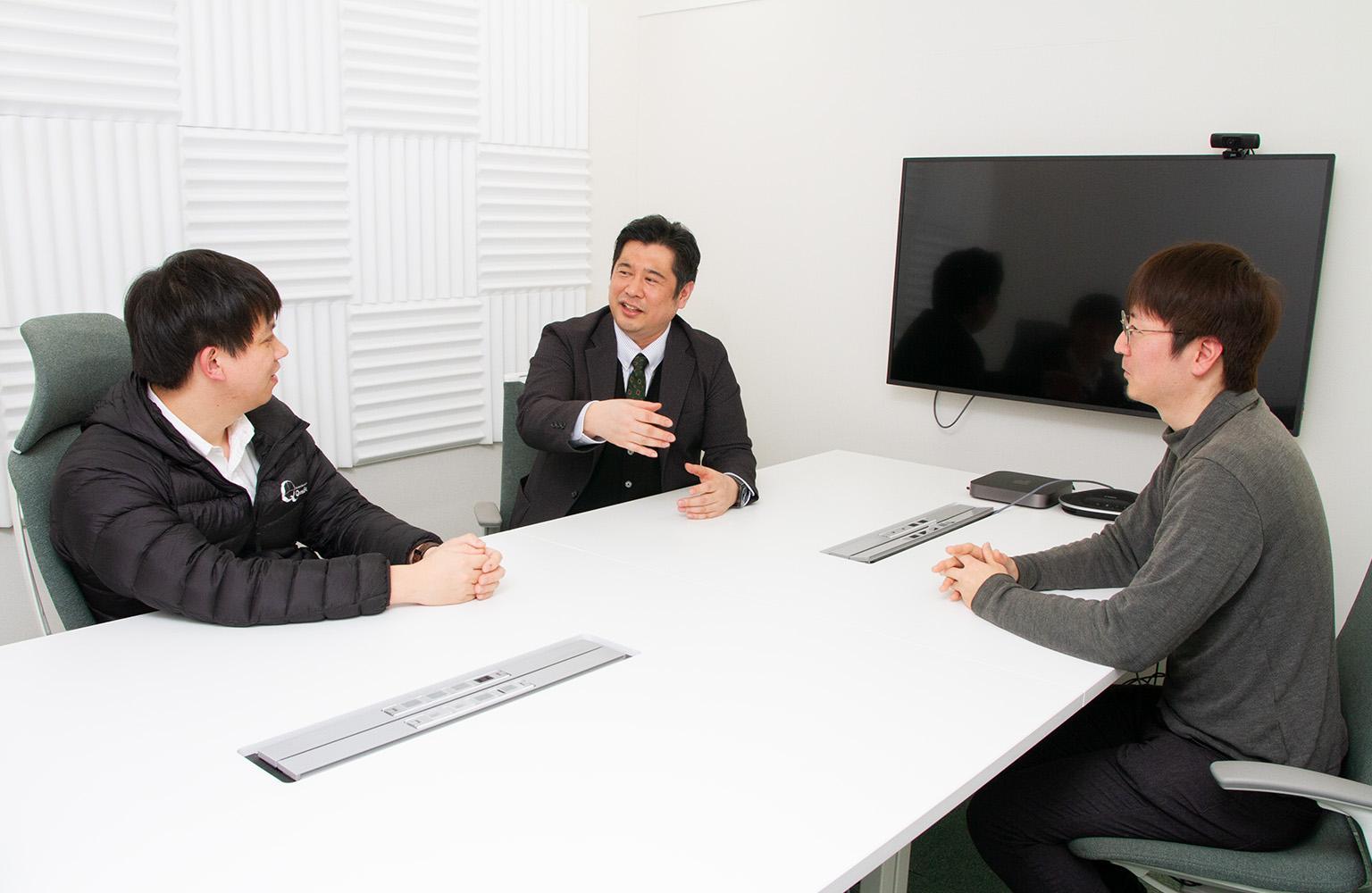
“We’re no match for QunaSys.”
──Thank you. What is QunaSys aiming for with its IP initiatives?
Yan: One is to nurture the team members. At QunaSys, we see to it that the members undertaking joint research understand the contracts we have in place with our customers. If more members become well-versed in IP, the team would be able to make go or no-go decisions on-site. I definitely want to enhance the team on this point so that we can get more projects going.
Another is to be able to look at IP from multiple angles. QunaSys started by building a quantum algorithm, but we are now embarking on a challenge to have as many companies as possible use our product derived from the algorithm. It feels like our to-do list is three times longer, so it’s important to use IP rights to protect what we are doing. Since we also have to think about interconnecting and scaling the initiatives among different companies, I intend to look at IP with a multidimensional perspective.
──And how do you two plan to approach QunaSys going forward?
Hirai: For the patent application part, I would like to double down on running both the algorithm and business method patenting processes. I’m hoping to build a structure where QunaSys can do things on its own.
Furthermore, I’d like to add value to QunaSys. State-of-the-art deep tech startups talk about the number and quality of their academic papers when advertising their technology to securities companies or other stakeholders. I think this is where patents and contracts can play a role. I’m personally hoping to build a success story with QunaSys of using IP to fascinate investors.
Uchida: Never cause trouble with IP rights or contracts. I’ve seen too many IP and contracts-related mistakes go to court that blow up a company. I take it as my mission to never let that happen.
Also, I want to create an area of business where others would say “We are no match for QunaSys because they have this particular IP right. By using business method and algorithm patents and winning patents that fit perfectly well with QunaSys, I want to create a field that no other player than QunaSys can enter even if they wanted to.
Hirai: I feel exactly the same way. Ideally, I want to create an entry barrier using strong patents and technologies, that would make others say no one can do what QunaSys is doing.
Uchida: But we cannot do this ourselves. QunaSys has to bring good technology, and we have to suggest how to file for patents. Collaboration is key.
Yan: Very true. Matsuoka and I are saying these days that no work at QunaSys can be done by one person alone. Our business development members don’t understand quantum computers, and many of our quantum computer engineers came to QunaSys right after finishing their PhD. This means we have to cooperate not only internally, but also with outside people like Uchida-san and Hirai-san. Collaboration is indispensable in making the company stronger.